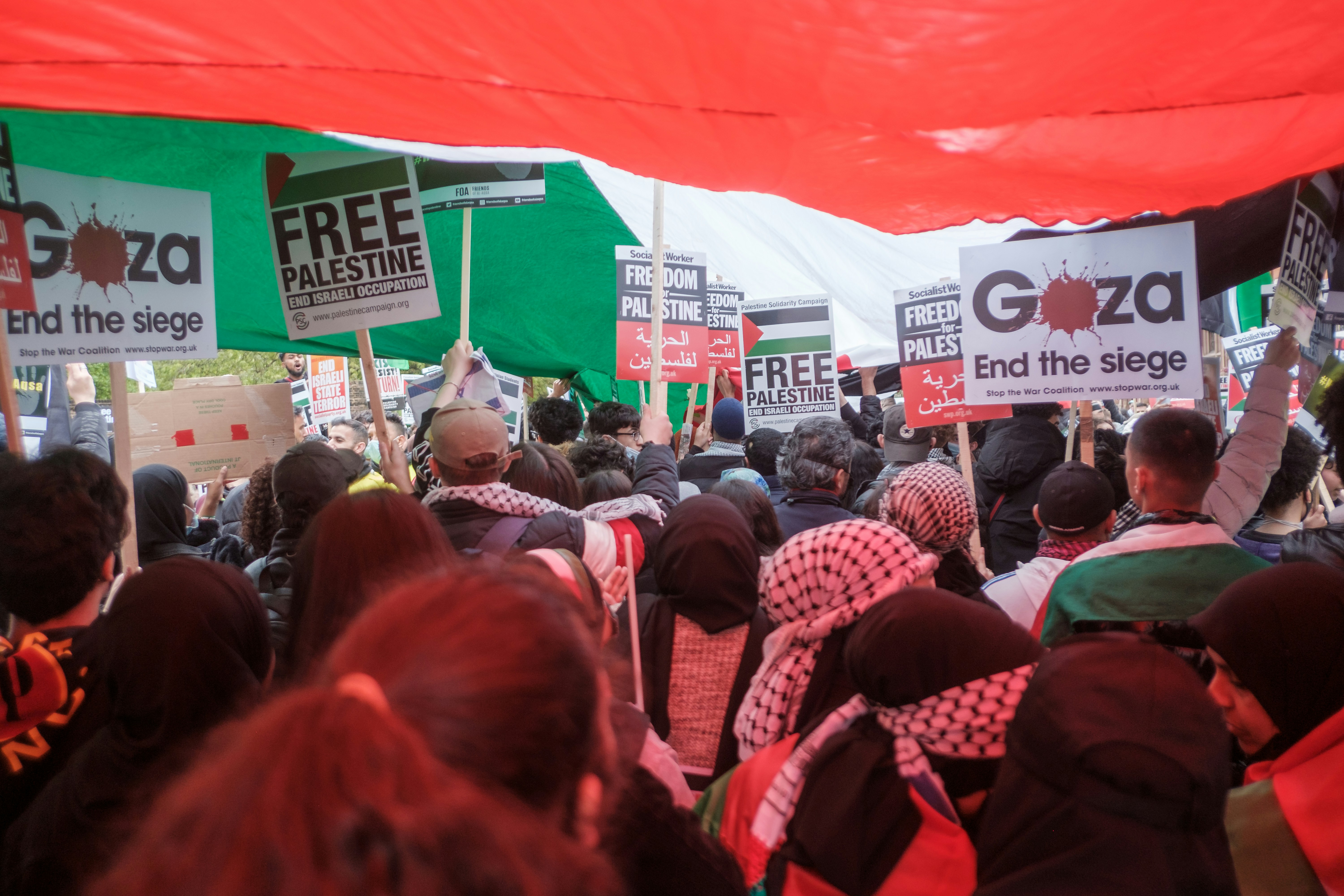Ceasefire Diplomacy: The Role Of International Mediators In The Israel-Hamas Conflict

In the shadow of a conflict that has seen countless escalations, the recent refusal of both Israel and Hamas to entertain the notion of a ceasefire casts a long shadow over the Gaza Strip and beyond. The impasse, marked by a complex interplay of military, political, and humanitarian concerns, underscores the pivotal role of international mediators in navigating the treacherous waters towards peace.
The Landscape of International Mediation
At the heart of these efforts stand entities like the United Nations, Egypt, Qatar, and the United States, each bringing to the table a unique blend of influence, strategic interests, and historical baggage. The annals of the region's history are littered with instances of ceasefire negotiations, some bearing the fruit of temporary peace, others crumbling under the weight of unmet expectations and unresolved grievances. This mixed legacy serves as both a guide and a cautionary tale for today's peacemakers.
Current Efforts and Challenges
The diplomatic arena is currently a flurry of activity, with mediators employing a diverse toolkit ranging from direct dialogue to the leverage of economic aid and sanctions. Yet, the path to ceasefire is fraught with obstacles. Mutual distrust between Israel and Hamas, the specter of external political pressures, and the intricate mosaic of regional and global interests create a negotiation landscape that is as challenging as it is dynamic.
Strategies and Tools of Mediation
In this high-stakes environment, mediators are drawing on a broad spectrum of strategies, from fostering confidence-building measures to proposing comprehensive security arrangements. The goal is to craft a ceasefire that is not merely a pause in hostilities but a step towards a more enduring resolution. To this end, the tools at their disposal are as varied as the challenges, encompassing diplomatic carrots and sticks designed to nudge the parties towards compromise.
Case Studies of Past Ceasefire Negotiations
A glance at the rearview mirror reveals key insights from past mediation efforts. Cases like the Egyptian-brokered ceasefire in 2014 illuminate the complexities of negotiation, highlighting the critical roles of timing, international support, and the alignment of domestic interests. These historical episodes, rich in lessons learned, inform the current diplomatic playbook, shaping strategies and tempering expectations.
The Role of the International Community
Beyond the immediate circle of mediators, the broader international community plays a crucial role in supporting—or undermining—ceasefire diplomacy. From the corridors of power in Washington and Brussels to the public squares of capitals around the world, the push for peace in Gaza summons a collective effort. The sway of global public opinion and the strategic use of media coverage emerge as potent forces that can galvanize action or deepen divisions.
Potential Pathways Forward
The road to a ceasefire, let alone a lasting peace, is undoubtedly steep. Yet, within the matrix of current efforts, challenges, and historical precedents, lie potential pathways to de-escalation. A ceasefire that addresses immediate humanitarian concerns while laying the groundwork for addressing the conflict's root causes could pave the way for a more stable and peaceful future.
Conclusion
As the dust settles on yet another chapter of conflict between Israel and Hamas, the spotlight turns to the international mediators who navigate the treacherous path towards ceasefire. In their hands lies not just the fate of current negotiations but the hope for a future where peace is more than a fleeting interlude between conflicts. The journey is fraught, the stakes are high, and the eyes of the world watch closely, awaiting the next move in the high-stakes game of ceasefire diplomacy.
Author: Ricardo Goulart
The Self-Destructive Nature Of Anti-Tourism Protests: Balancing Resident Concerns With Tourism Benefits
In recent years, anti-tourism protests have become increasingly common across popular tourist destinations. From the Bal... Read more
Military And Strategic Implications Of The Ukrainian Drone Attack In Kursk
On a recent morning, the Kursk region in south-western Russia witnessed an unexpected and significant event: a Ukrainian... Read more
Chinese Tech Stocks Gain Ground Despite Wall Street Technology Sell-Off
Chinese tech shares in Hong Kong gained on Friday, defying a technology stock sell-off on Wall Street, driven by strong ... Read more
Defense Pact Between Britain And Germany: A Focus On Cybersecurity And Joint Operations
In a move set to redefine European defense collaboration, Britain and Germany have signed a comprehensive defense pact a... Read more
US Secret Service Director Steps Down After Trump Assassination Attempt
Security lapses admitted by Kimberly Cheatle prompt resignation.Kimberly Cheatle, the head of the US Secret Service, has... Read more
Kamala Harris Promises A Brighter Future In Official Campaign Launch
In a vibrant and impassioned campaign launch, Vice President Kamala Harris vowed to lead America toward a "brighter futu... Read more

